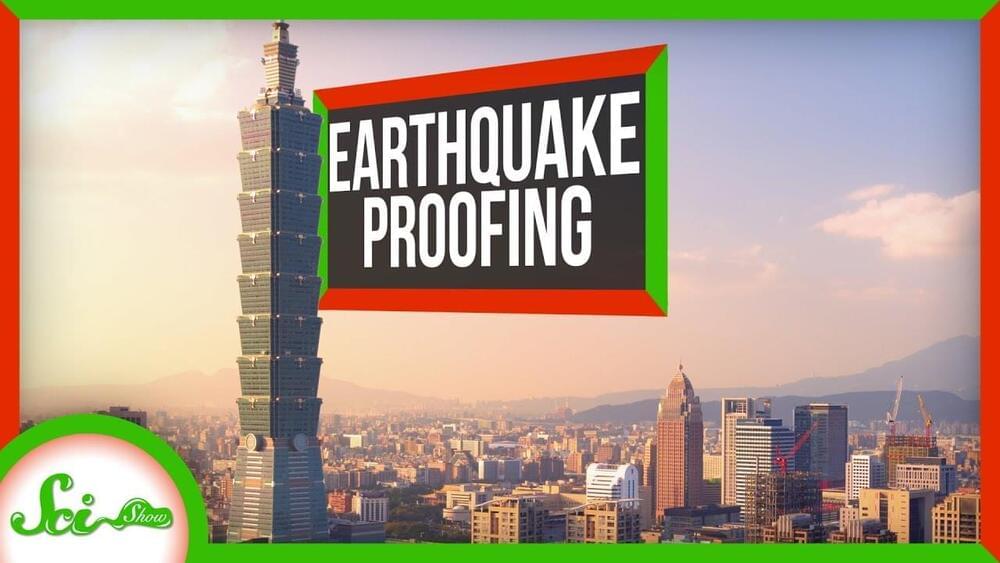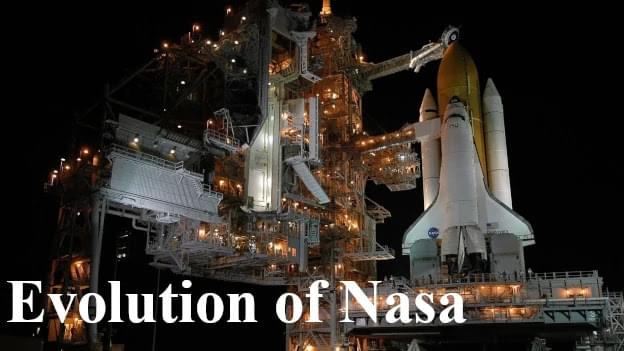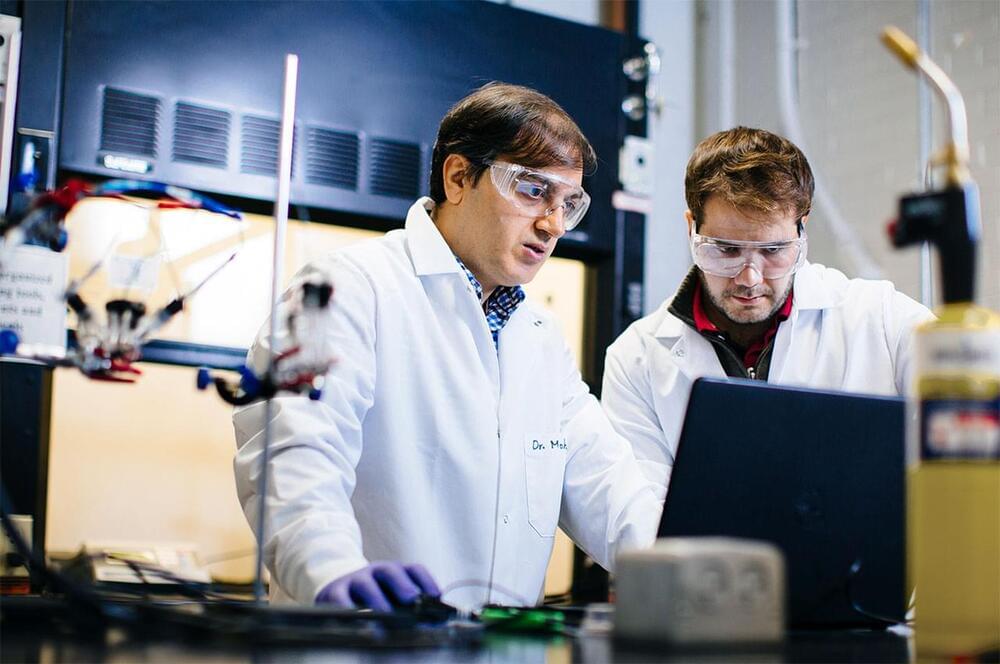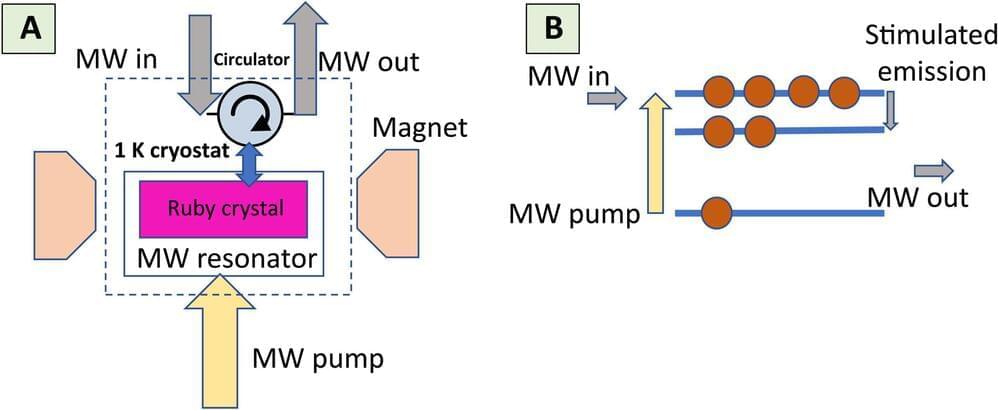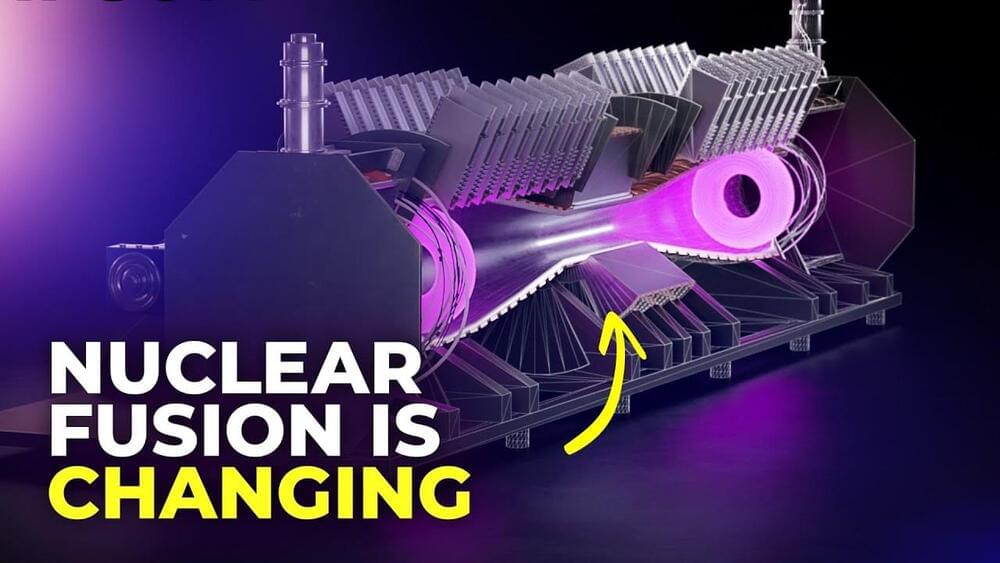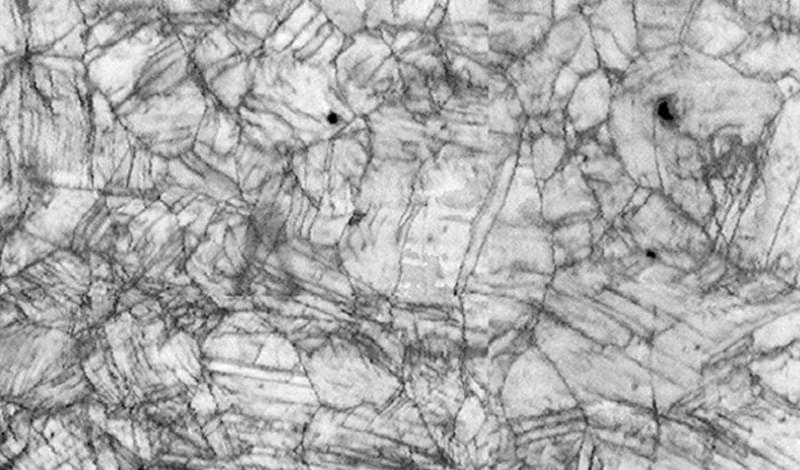Jan 3, 2023
The Future of Earthquake-Proof Buildings
Posted by Shubham Ghosh Roy in categories: engineering, futurism
Earthquakes are almost impossible to predict. Luckily, engineers have come up with some amazing ways to protect people the next time one might strike.
SciShow is supported by Brilliant.org. Go to https://Brilliant.org/SciShow to get 20% off of an annual Premium subscription.
Continue reading “The Future of Earthquake-Proof Buildings” »
